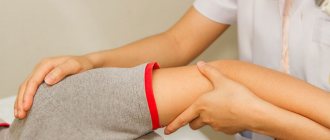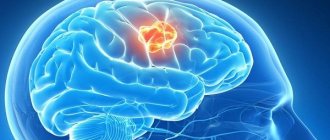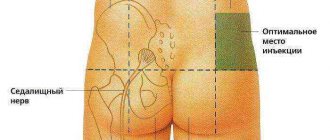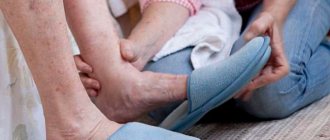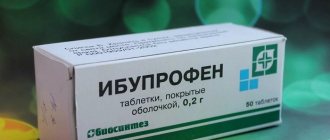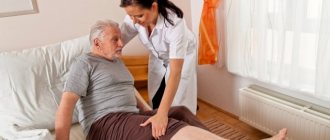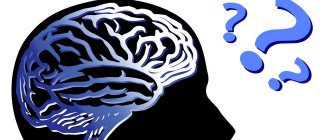Damage to peripheral nerves occurs under the influence of various factors, but is manifested by general symptoms:
- pain in the limbs;
- disturbance of sensitivity;
- motor function disorder.
Neurologists at the Yusupov Hospital provide complex therapy for polyneuropathy, which includes influencing the cause and mechanisms of development of the pathological process, reducing and reversing the symptoms of the disease, restoring the function of peripheral nerves and muscles of the extremities. Rehabilitators use massage and physical therapy for polyneuropathy of the lower extremities. The video can be viewed on the Internet. One of the innovative treatment methods used by rehabilitation clinic specialists is acupuncture for polyneuropathy of the lower extremities.
An individual approach to the choice of medications and non-drug treatment, the use of modern methods for restoring sensitivity and motor functions allows doctors at the Yusupov Hospital to improve the quality of life of patients, restore their ability to work, and prevent the development of disability.
Diagnosis of polyneuropathy of the lower extremities
In order to select adequate therapy for polyneuropathy of the lower extremities, neurologists diagnose the disease. During the interview, they find out what worries the patient, when the first signs of the disease appeared, and how they developed. A general examination allows you to suspect diseases of the internal organs, which can cause damage to the nerves of the lower extremities.
The diagnosis is clarified using laboratory research methods. Electroneuromyography allows doctors to identify the location and degree of damage to peripheral nerves, determine the speed of impulse behavior along nerve fibers, and determine the response of a muscle to irritation. If indicated, patients are consulted by an endocrinologist, toxicologist, or orthopedist. Doctors collectively decide on the choice of treatment tactics.
Main features
Despite the fact that polyneuropathy has different forms, the clinical picture includes similar symptoms. It appears in the form:
- muscle weakness;
- deterioration or increase in sensitivity;
- disturbances of reflex functions;
- swelling of the legs;
- tremor;
- burning;
- coordination problems;
- excessive sweating (not only of the legs, but of the whole body);
- signs of tachycardia;
- deterioration of tissue regeneration (wounds, cracks, ulcers take a long time to heal).
The severity of the clinical picture depends on the type of polyneuropathy and the severity of its course. In some patients it appears suddenly, develops rapidly with severe symptoms, in others it can last for years and be accompanied by mild symptoms.
Exercise therapy for polyneuropathy of the lower extremities
Rehabilitation specialists at the Yusupov Hospital use innovative methods of restorative therapy and teach patients simple exercises and self-massage skills. In order to improve the microcirculation of the feet and the mobility of the foot joints, it is recommended to stretch the toes with your hands and thus stretch them for about ten seconds. After this, you need to twist your feet to the right and left, making rotational movements. Finish by massaging the sole of your foot and each toe.
To perform the next exercise, you should take the original standing exercise. Rise up on your toes, then roll from toe to heel several times. You need to perform movements carefully, since running and long walking are contraindicated in case of polyneuropathy of the lower extremities. Dose the load depending on how you feel.
While sitting, focus on your hands. Bend one leg at the knee and bend it left and right onto the floor and through the other leg. At this moment, a light massage is performed on the lower parts of the legs and feet.
Raise your leg, bend and straighten your knee. Do the exercise 10 times. When the knee joint is loaded, blood flow improves and the muscle tone of the lower extremities increases.
To massage your feet, you can use a gymnastic foot massage ball. Place your feet on the ball and rotate your feet to the sides. Sit on a chair, place one leg on the other knee and rotate your foot. Place your feet together, hold them with your hands and move your knees up and down.
Review of drugs
Each group of drugs has its own characteristics, each of them is designed to achieve a specific effect, and together they completely restore nerve fibers and skin sensitivity.
Article on the topic: Detailed instructions for using Artiflex
Physiotherapy perfectly complements medication therapy.
Metabolic agents
These medications are most often used for polyneuropathy of any origin. They have a wide spectrum of action - from metabolic to nerve fiber restoration.
When prescribing, only one drug is selected, and most often it is consistent with the underlying disease that gave rise to polyneuropathy.
Berlition or Octolipen 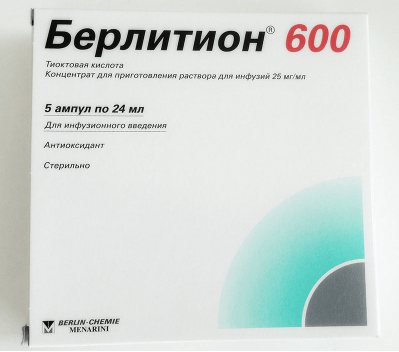
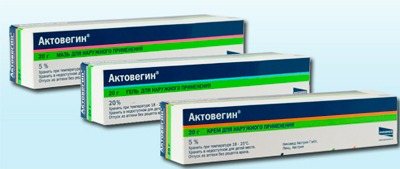
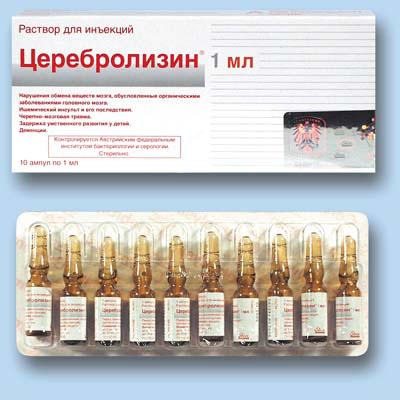
Antioxidants
Antioxidants act on nerve tissue at the membrane level. By binding free radicals (elements that destroy cell membranes), they prevent membrane destruction and increase the natural period of self-healing.
This is a very important part of therapy - restoring the integrity of membrane cells, because it is through the cell membranes that the nerve impulse is transmitted.
The course of antioxidants is always long-term (about 1.5-2 months) and must be carried out strictly according to the scheme. This makes it possible to exclude the development of relapse in the future.
Antioxidant drugs include:
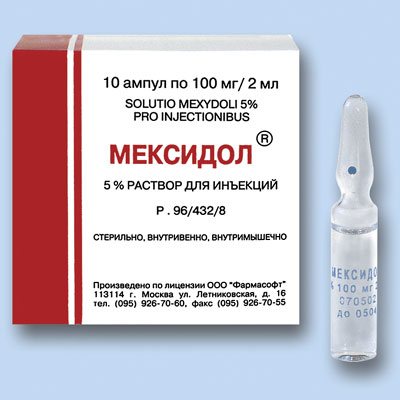
Mexidol (Mexiprim - a domestic analogue) is a pure antioxidant agent that also has metabolic activity to some extent. Its additional effect is considered to increase the stress resistance of nerve cell membranes to adverse environmental factors. Contraindications to the medicine: acute conditions of the liver and kidneys, individual intolerance. The price depends on the form of release (tablets and ampoules) - from 400 rubles.
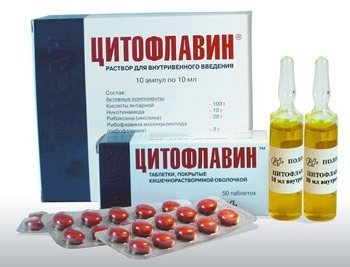
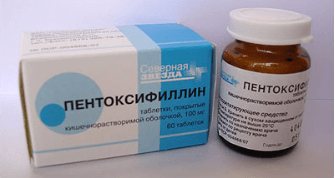
Vitamins
A course of vitamins is an integral part of the treatment of lesions of the lower extremities. B vitamins are used (B1, B6, B12), they are responsible for the nutrition of nerve fibers, their conductivity and nutrition. Even a simple lack of these substances in the daily diet can already cause all the symptoms of neuropathy.
For example, tingling in the leg muscles.
The doctor first of all analyzes this parameter and, when diagnosing, first of all tries to exclude vitamin deficiency.
B vitamins play the role of auxiliary therapy, enhancing the effects of the main drugs. The most commonly used:
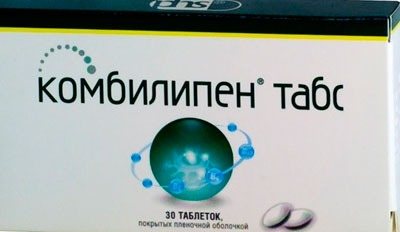
Combilipen is a complex drug that contains B vitamins and ascorbic acid + lidocaine. The course is prescribed for 10 days. Contraindications: intolerance to components, cardiovascular failure, pregnancy and breastfeeding. Price from 300 rubles for 10 ampoules.
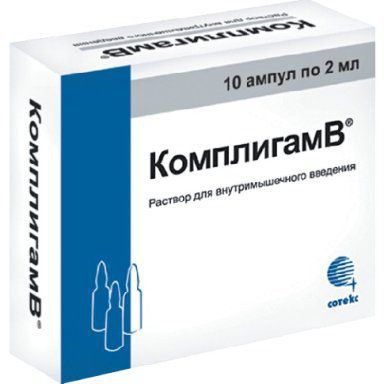
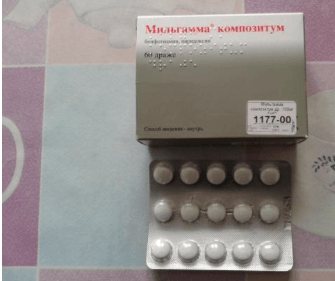
Price from 380 rubles. Article on the topic: Feeling of a lump in the throat with osteochondrosis of the cervical spine and how to get rid of it?
Painkillers
For polyneuropathy, different groups of drugs are used as painkillers.
This is due to the fact that conventional analgesics are powerless in this case, because problems of a central nature associated with the nervous system arise.
The following groups of drugs are used for pain relief:
- Narcotic analgesics;
- Antidepressants;
- Anticonvulsants;
- Local remedies.
Let's take a closer look at these groups with examples.
Narcotic analgesics
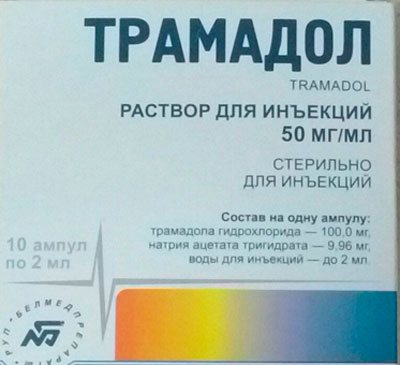
Tramadol is most often prescribed . It has a powerful analgesic effect and is used for advanced forms of polyneuropathy, which are accompanied by severe pain. The drug is also used in oncology due to its good tolerability and high activity.
Contraindications: combined use with alcohol, age under 1 year, individual intolerance. Price from 150 rubles.
Antidepressants
In addition to the fact that these drugs have analgesic activity, they also improve the patient’s mood. But this effect is secondary.
The value of antidepressants in the treatment of polyneuropathy is their analgesic effect on the central parts of the nervous system.
The following drugs are used:
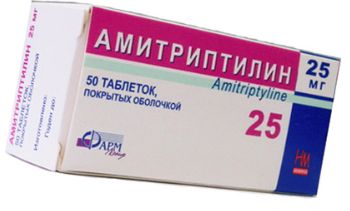
Amitriptyline – increases the reuptake of serotonin (the hormone of joy), improves mood and stress resistance in general. Has a central analgesic effect. Contraindications: myocardial infarction, glaucoma, acute intoxication, breastfeeding, asthma, manic-depressive psychosis, alcoholism, hypertension (intraocular). Price from 30 rub.
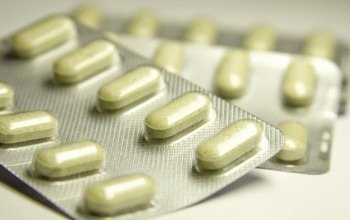
Anticonvulsants
They are used in the treatment of neuropathy for two purposes: pain relief and elimination of involuntary contractions of different parts of the legs (trembling).
Sometimes they completely replace other painkillers due to their high activity.
The most commonly used drugs are:
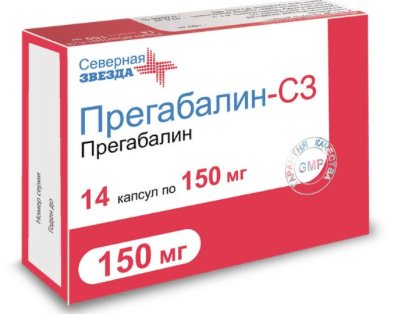
Pregabalin (Lyrica) is an analogue of a natural brain neurotransmitter that eliminates excessive activity of nerve fibers and involuntary contractions. Contraindications: galactose intolerance, hypersensitivity to the components of the drug, age under 17 years. Price from 3000 rubles.
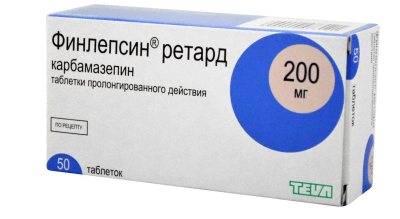
Local remedies
In order to achieve the desired effect when treating pathology, you should influence the problem both from the inside and from the outside. For polyneuropathy, ointments and creams that have a warming effect are used externally.
They instantly improve blood circulation and eliminate pain.
The basis of ointments is most often capsaicin - this is an extract from red pepper, it is included in such ointments as:
- Capsicam;
- Arthrocin;
- Hell's root, etc.
Capsicam contains more active substance than ointments that are produced in the form of dietary supplements, so it is better to buy it.
But in any case, you need to consult a doctor.
Improving the conduction of nerve impulses
Deterioration in the conduction of nerve impulses is characterized by:
- Complete or partial loss of skin sensitivity at the site of the lesion;
- Muscular atrophy.
When these symptoms occur, the doctor resorts to prescribing drugs - anticholinesterase drugs. They enhance neuromuscular conduction. Some time after starting to take them, sensitivity returns and muscle strength increases, and the “cotton leg” syndrome goes away. The following medications are used:
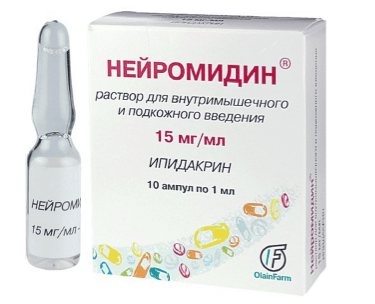
Neuromidin is an anticholinesterase agent that improves neuromuscular conduction.
Available in ampoules and administered in courses of 10 days. Contraindications: epilepsy, vestibular disorders, angina pectoris and acute cardiac conditions, asthma, bradycardia, intestinal and bladder obstruction, gastric and duodenal ulcers, pregnancy, lactation, children under 18 years of age, allergies. Price from 1600 rubles for 10 ampoules. Aksamon, Amiridin, Ipigrix are all cheaper domestic analogues of Neuromidin.
Massage of the lower extremities for polyneuropathy
To massage your feet yourself, perform the following movements:
- Rub your palms over the ribs and base of your feet;
- press the middle of the foot with your fist and press down with your palm;
- rotate your foot to the right and left, holding your heel;
- twist your lower limb left and right several times;
- massage the sole with your thumb, pressing with the rest of your fingers on the upper side;
- make circular movements with your toes on your heels;
- move the first fingers of your hand along the sole from the heel to the toes.
The massage technique and its duration depend on the patient’s condition, the presence or absence of muscle pain in the limbs. When choosing a massage technique, rehabilitation specialists at the Yusupov Hospital take into account the time when polyneuropathy of the extremities occurred, the duration of the disease, and the condition of the patient’s muscles. Massage of the lower extremities is carried out in the “lying” position. Massaging the nerve endings is alternated with selective action on each muscle. The purpose of the massage is to restore the muscles' ability to contract normally.
Massage therapists begin massage at any stage of polyneuropathy, applying a load adequate to the patient’s condition. During an exacerbation, weakness of some muscles of the limbs develops, even to paralysis. At this time, the massage is done without intense impact. Massage in the acute period of polyneuropathy helps maintain muscle performance and shorten the recovery period. During the recovery period, massage therapists apply loads in accordance with the age and condition of the patient. For greater effectiveness, classic massage is supplemented with acupressure on the nerves.
Massage causes a feeling of pleasant warmth in the body, increases vitality, and improves the general well-being of the patient. Thanks to massage, lost reflexes are restored, tissue nutrition and the activity of internal organs are significantly improved. Massage for polyneuropathy has a positive effect on the peripheral nervous system. After it, the pain syndrome weakens or stops, and secondary changes in the muscles and joints near the affected nerve decrease.
The course of treatment for a patient suffering from polyneuropathy is 20-30 sessions. Between massage courses take a break of 10-15 days. Massage is carried out every day or every other day, combining massage sessions with physiotherapeutic procedures.
How to improve blood circulation with neuropathy?
If exercise therapy for neuropathy for the hands or other parts of the body is not effective enough, therapeutic massages should be added to the exercises. This therapy affects soft tissues using special electrical devices or manually. Sunbathing, special oils, as well as simultaneous trips to the bathhouse or sauna are often used here.
The specialist who performs the massage performs smooth movements, causing minimal impact on the patient's skin. Strokes should be directed from the periphery to the central part.
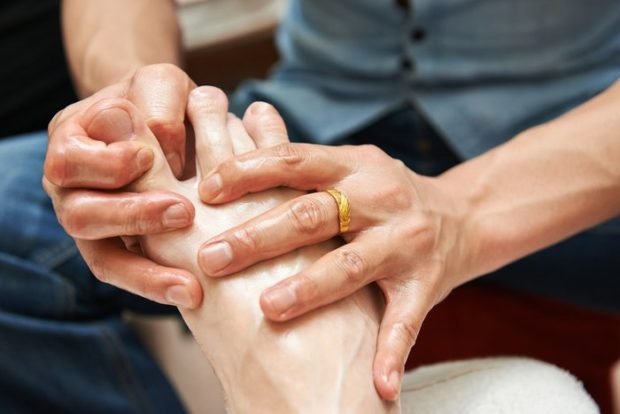
It is also worth considering some caveats, namely:
- since the patient suffers from loss of sensation, the specialist must be careful when applying pressure to the affected parts of the body;
- it is necessary to carefully check the skin, as there is a high risk of injury after a massage;
- If pain occurs during the massage, you should stop immediately and consult a doctor as soon as possible.
Only a highly qualified specialist should engage in such therapy, only in this case the intensity of the symptoms will decrease and the patient will feel a general improvement in his condition. If massage is performed incorrectly, the patient may experience problems with swelling, arthritis, or infections.
How to properly massage for neuropathy at home?
For massage to be as effective as possible, the following rules must be followed at home:
- Selection of a place convenient for the patient.
- Monitor your feelings while constantly maintaining a conversation.
- Do not massage in a hurry.
- Use only moderate pressure and smooth movements.
- Before the procedure, you need to prepare special oil, pillows, a blanket and a towel.
- The massage therapist should also take a comfortable position in relation to the patient - standing or sitting.
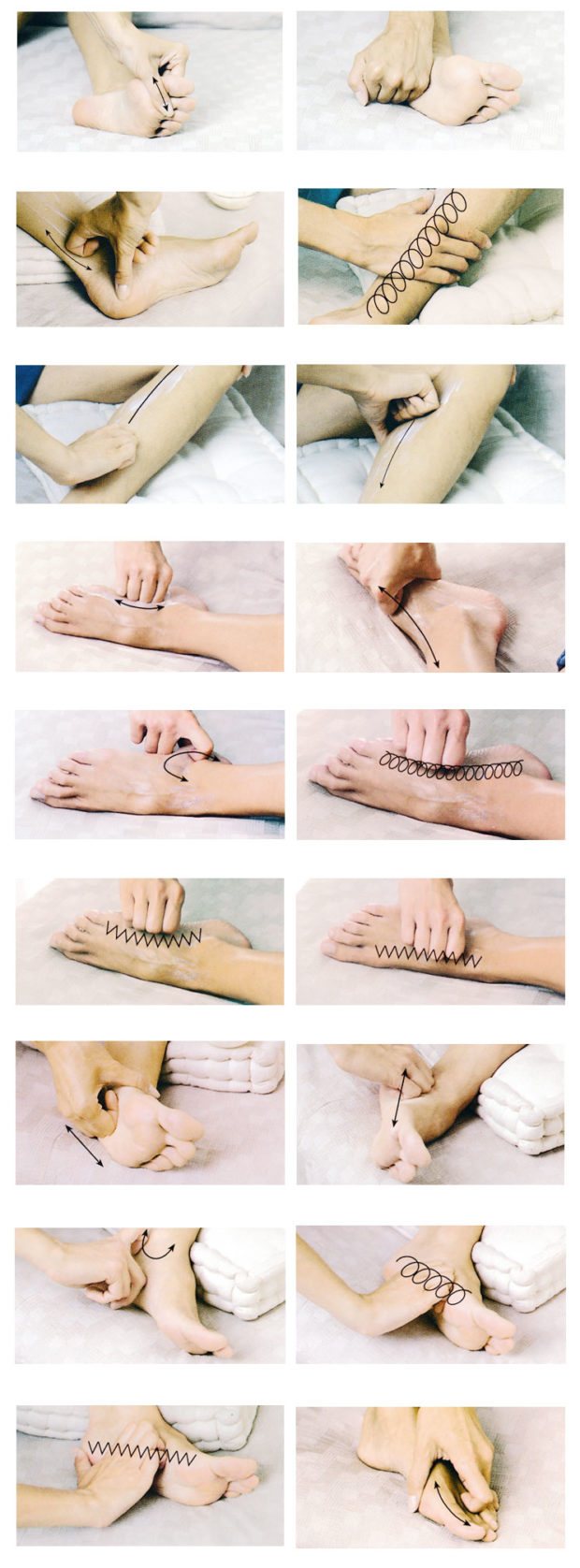
Non-drug methods for treating polyneuropathy
At the rehabilitation clinic of the Yusupov Hospital, specialists perform electrical stimulation of the spinal cord and individual nerves. For this purpose, pulsed currents are used. During the procedure, impulse transmission along the nerve is stimulated and a muscle response is formed to it.
Magnetic therapy improves the condition of peripheral nerves and muscles of the lower extremities. Galvanotherapy is carried out using a constant continuous (galvanic) current of low voltage and low strength. Darsonvalization is a physiotherapeutic procedure in which, for therapeutic purposes, a pulsed current of high frequency and voltage, but of low strength, is used to improve microcirculation.
At the Yusupov Hospital, acupuncture is used for polyneuropathy of the lower extremities. This is an unconventional treatment method by introducing special needles into biologically active points in a certain sequence. Acupuncture restores decreased sensitivity, relieves pain, and increases muscle strength. Reflexologists inject medications into biologically active points - ATP, proserin, traumeel.
An underwater shower is used to massage the body of a person immersed in a bath. Physiotherapists use water jets of varying pressure, temperature and direction. Metabolism is restored with the help of balneotherapy - four-chamber and two-chamber baths, foot baths and general baths. Ultrasound therapy is based on the action of high-frequency sound vibrations on tissue. Medicinal substances are also administered using ultrasound. This physiotherapeutic method is called phonophoresis. At the Yusupov Hospital, patients suffering from polyneuropathy of the lower extremities are treated with an innovative treatment method - laser therapy.
Specialists at the rehabilitation clinic use modern methods of physical therapy, massage, and physiotherapeutic procedures. Acupuncture for polyneuropathy of the lower extremities is performed by neurologists who have undergone special training in leading acupuncture centers. In order to undergo a course of rehabilitation therapy for polyneuropathy of the lower extremities, call the Yusupov Hospital.
Author
Boris Yuryevich Bobrov
Endovascular surgeon, Ph.D. Laureate of the Russian Government Prize in the field of science and technology, laureate of the Vocation Award
Neuropathy of the extremities: An affordable treatment option
Neuropathy is damage to nerve fibers. Nerve fibers permeate the entire body, transmitting brain commands to every part of it (limbs, internal organs and systems).
By analogy, this can be compared to a multi-core telephone cable, where each individual wire is insulated and has a specific, precise addressee. The accuracy of signal delivery is of utmost importance, because we are talking about nutrition and cleansing of every cell, every structure.
Therefore, neuropathies can lead to serious disorders in the body (numbness of the limbs, pain in the spine, tingling, loss of sensitivity, stomach ulcers, diseases of the genitourinary system, impotence, constipation, heart pain, headache, etc.).
d.).
Neuropathy is classified according to the location of the damaged nerve. Today we will talk about a very common type of neuropathies - peripheral .
This type of neuropathy affects the nerve endings of the extremities - toes, feet, legs, fingers, palms, hands. As a result, a person experiences severe pain, numbness, loss of sensitivity and other unpleasant sensations.
Vladimir Bersenev, a neurologist of the highest category, Honored Doctor of Ukraine, talks about one of the accessible and effective methods of treating this pathology in the book “The Third Age”.
There are about two million sweat glands on the surface of the human body.
Within two minutes after sweating, these glands can absorb any wetting solution. It will enter the tissue fluid, lymph. Up to 10 ml of liquid can be absorbed in this way.
Subscribe to our INSTAGRAM account!
This ability of the human body was established by the Kyiv scientist P.P. Slynko. The scientist called his discovery the phenomenon of postpermeability of the skin. The therapeutic effect of compresses is based precisely on this effect.
For these purposes, semi-alcohol compresses are used from tinctures of calendula, eucalyptus, St. John's wort or thyme .
You can prepare a tincture for a compress at home.
- 15-20 g of dry raw materials are poured with 100 ml of alcohol (or vodka) half diluted with water and left for 10-14 days in a dark place at room temperature.
- Then filter and store in the refrigerator. In the cold, the tincture does not lose its medicinal qualities throughout the year.
Application:
1. Multilayer gauze soaked in tincture is applied to the projections of the main nerve trunks, covered with waxed (waxed) paper or plastic film.
2. Thermal insulation (cotton wool or flannel) is applied on top. Each subsequent layer should be larger in area than the previous one in order to prevent premature drying of the compress.
3. Then the layer cake made from gauze, film and flannel (cotton) soaked in tincture is fixed with a bandage. Without being too zealous - after all, this is a compress, not a tourniquet that prevents blood circulation.
4. Compresses are applied daily, for 20-30 minutes, for 10-12 days.
Attention! In case of significant skin irritation, you should refrain from applying compresses. The same should be done in case of skin damage, dermatitis, pyoderma.
You can also resort to non-alcoholic compresses , but then you need to have on hand fresh juice of black radish (dilute with water before use), burdock root (dilute with water), horseradish or red beets.
All other components of the compress - multi-layer gauze, film, heat-insulating layer, fixing bandage - are exactly the same as for alcohol compresses. I also apply them daily for 20-30 minutes for 10-12 days. The contraindications are also identical.
Bay leaf
First prepare the infusion:
- Finely chop the bay leaf, pour in sunflower oil (to cover the chopped leaf) and leave for 14 days at room temperature.
- The prepared oil infusion of bay leaves is rubbed into the skin along the projections of the affected main nerves. At the same time, the vascular trunks are massaged, which also gives a positive effect.
Oil infusion of bay leaves is also used for compresses .
- Multilayer gauze soaked in the infusion is applied to the projections of the main nerve trunks and covered with wax paper or plastic film.
- Thermal insulation (cotton wool or flannel) is applied on top. Each subsequent layer is larger than the previous one in area - to prevent premature drying of the compress.
- Then the layered “pie” made of gauze, film and cotton wool (flannel) is fixed with a bandage, loosely.
- The compress is kept for 2-3 to 6 hours, the procedure is repeated every other day. The course of treatment is 10-12 procedures.
Attention! In case of noticeable skin irritation, refrain from applying oil compresses. The same should be done in case of skin damage, dermatitis, pyoderma. Published by econet.ru.
If you have any questions, ask them here
The materials are for informational purposes only. Remember, self-medication is life-threatening; consult a doctor for advice on the use of any medications and treatment methods.
PS And remember, just by changing your consumption, we are changing the world together! © econet
Source: //econet.ru/articles/185261-nevropatiya-konechnostey-dostupnyy-sposob-lecheniya
Bibliography
- ICD-10 (International Classification of Diseases)
- Yusupov Hospital
- Batueva E.A., Kaygorodova N.B., Karakulova Yu.V. The influence of neurotrophic therapy on neuropathic pain and the psycho-vegetative status of patients with diabetic neuropathy // Russian Journal of Pain. 2011. No. 2. P. 46.
- Boyko A.N., Batysheva T.T., Kostenko E.V., Pivovarchik E.M., Ganzhula P.A., Ismailov A.M., Lisinker L.N., Khozova A.A., Otcheskaya O .V., Kamchatnov P.R. Neurodiclovit: possibility of use in patients with back pain // Farmateka. 2010. No. 7. pp. 63–68.
- Morozova O.G. Polyneuropathy in somatic practice // Internal medicine. 2007. No. 4 (4). pp. 37–39.
Causes and symptoms of polyneuropathy
● Speaking about polyneuropathy, it can be argued that this is not an independent disease, but arose as a complication of another chronic illness, such as diabetes mellitus.
There are other chronic, inflammatory autoimmune diseases that lead to polyneuropathy. The clinical picture of the latter largely depends on the cause that caused it.
● If it was a complication of diabetes mellitus, the disease develops slowly - from several months to several years. But there is also a rapid course, the so-called Guillain-Barré syndrome, in which the temperature rises and sharp, severe pain occurs in the extremities.
On the second day, weakness begins in the legs, on the third - in the arms. After a few days the patient becomes completely immobile. Polyneuropathy is often caused by alcoholism.
● With polyneuropathy, not only the legs “cannot hold up,” but the arms often also fail. This occurs due to damage to the peripheral nervous system.
As you know, nerves transmit commands from the brain to muscles, and thereby ensure normal physiological activity of the body. And when multiple lesions of the peripheral nerves develop, motor and sensory functions are impaired.
● In the initial stage of polyneuropathy, symptoms occur in distant (distal) parts of the extremities - first in the toes, then in the hands, gradually rising higher and higher to the center.
Painful sensations appear: burning, slight tingling, goosebumps, pain when palpating (pressing). The patient finds it difficult to put on shoes that were previously easy for him.
● The skin becomes dry, flaky, and in severe cases, ulcers develop. There is one peculiarity: first both legs are affected, then the arms.
Progressive impairment of sensitivity steadily leads to disorders of coordination of movements - instability appears when standing, the gait changes (becomes shaky), the patient raises his legs high so as not to “rake” them.
● Acute polyneuropathy is most typical for autoimmune diseases and, fortunately, it is completely curable by 90% and rarely becomes chronic.
In contrast to polyneuropathy, which is a consequence of diabetes mellitus. Therefore, the attending physician must correctly determine the situation and make an accurate diagnosis in order to begin effective treatment.
● In case of diabetic polyneuropathy, the patient must be constantly monitored by the attending physician and monitor blood sugar levels, follow the prescribed diet, and maintain optimal body weight.
Move more instead of lying in front of the TV. Initially, the underlying disease – diabetes mellitus – should be treated; If you slow down the development of diabetes mellitus (the underlying disease), then polyneuropathy will progress less.
● There is an effective and very simple recipe for treating the disease: three times a day, the patient must trample with his bare feet on the stems of stinging nettles.
● Take warm baths for sore limbs with stems and leaves of Jerusalem artichoke, sage, oregano, and motherwort. Grind and mix 100 grams of these medicinal herbs and pour three liters of boiling water for one hour.
Strain and pour the infusion into a container suitable for you and add a little water at room temperature. The duration of the procedure is minutes.
● If at the moment you do not have any medicinal plants, take ordinary warm foot baths, then lubricate your feet with cream with bee venom or leeches.
●Tie peeled lemon peel with a few drops of olive oil to your feet overnight. Lemon eliminates discomfort in the limbs, relieves cramps, and the oil softens dry, rough skin.
● If you have diabetic polyneuropathy, Jerusalem artichoke will help you: it lowers blood sugar levels, improves fat metabolism, eases the condition of the liver, thyroid gland and all organs of the digestive system.
Jerusalem artichoke can be eaten in any form; both leaves and roots can be used to make salads. Don't be lazy, eat Jerusalem artichoke, filling its roots and leaves with vegetable or (even better) olive essence.
● Another recipe using Jerusalem artichoke. Peel its tubers, grind it on a grater, add grated carrots (2-3 pieces) to this mass, mix, add salt to taste and season with vegetable oil.
If you are too lazy to cook all this, eat a couple of small root vegetables of Jerusalem artichoke raw before lunch. It is recommended to replace ⅓ of the potatoes consumed with Jerusalem artichoke.
● Perform all sorts of comfortable exercises to improve blood circulation in the lower and upper extremities. Pull your toes towards you with your hands and hold in this position (stretch) for seconds. Rotate your feet, turning them left and right, massaging the tip of each toe and the entire sole.
● Stand on your toes for a few seconds and roll from toe to heel. Squeeze and unclench your hands. Clench your fingers into a fist and do rotational exercises with your hand alternately left and right. Squeeze an elastic rubber ball in your hands.
● Warning: running and long walking are contraindicated in case of polyneuropathy.
You can find other information about polyneuropathy by clicking on the link {amp}gt;{amp}gt;{amp}gt;
Be healthy, and may the Lord God help you in this.
Neuropathy of the legs
Neuropathy of the lower extremities is a clinical syndrome that occurs in numerous pathologies of the peripheral nerves.
This collective concept unites diseases that are heterogeneous in etiology and mechanism of development with similar symptoms.
Weakness in the lower extremities, sensitivity and trophism disorders come to the fore in the clinical picture of any neuropathy.
Pathological changes in NNC are based on toxic, dystrophic, ischemic or metabolic processes leading to disruption of the nutrition of nerve fibers and the integrity of their membranes.
The main points that facilitate the diagnosis of “Neuropathy of the lower extremities” are the symptoms of distal nerve damage and the symmetry of pathological changes.
But if NNK syndrome does not present a diagnostic difficulty for most neurologists, then identifying the etiological factor often seems to be a difficult task.
In practice, it is often not possible to establish the causative factor that caused damage to the peripheral nerves of the legs. Even in specialized medical institutions, the diagnosis of NPC of unspecified etiology is made in a quarter of cases of all diseases.
